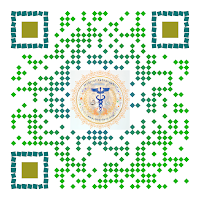Nuclear myocardial perfusion imaging (MPI) may be performed by either single-photon emission CT (SPECT) or positron emission tomography (PET). As with stress echocardiography, MPI stress testing may be exercise or pharmacologically induced. MPI involves IV administration of radioactive tracers. A gamma camera detects radio emissions from the tracer that perfuses the myocardium. Tracer uptake depends on flow dynamics as well as myocyte membrane integrity. Color-coded images of myocardial perfusion pre- and post-stress are generated in different axes to allow assessment for each coronary distribution.
Pharmacologic stress testing is an alternative modality in patients who are unable to exercise and with the following conditions:
Patients presenting with unstable angina.
History of heart failure which is not well controlled, and
there is a concern for deterioration.
Poorly controlled blood pressure with systolic blood
pressure significantly higher (>200 mmHg at rest).
Patients with a history of aortic stenosis which is
significantly worse on echocardiogram (aortic valve area <1.0 cm2 and mean
gradient >40 mmHg) and have ongoing symptoms.
Myocardial infarction in the last week.
Acute pulmonary embolism
Acute inflammation of the pericardium or myocardium
Severe pulmonary hypertension
The exercise stress test is not useful when baseline EKG is abnormal such as with left ventricular hypertrophy (LVH), left bundle branch block (LBBB), paced rhythm, Wolff Parkinson White (WPW) syndrome, or greater than 1 mm ST-segment depression. These patients are suitable candidates for testing involving pharmacologic agents.
Regadenoson is a pharmacological stress agent that has been widely used since its approval by the Food and Drug Administration (FDA) in 2008. For many years, dipyridamole and adenosine, which are non-selective adenosine receptor agonists, were more popular. However, these agents are less preferred now due to their undesirable adverse effects as compared to regadenoson.
Satyendra Dhar MD,







